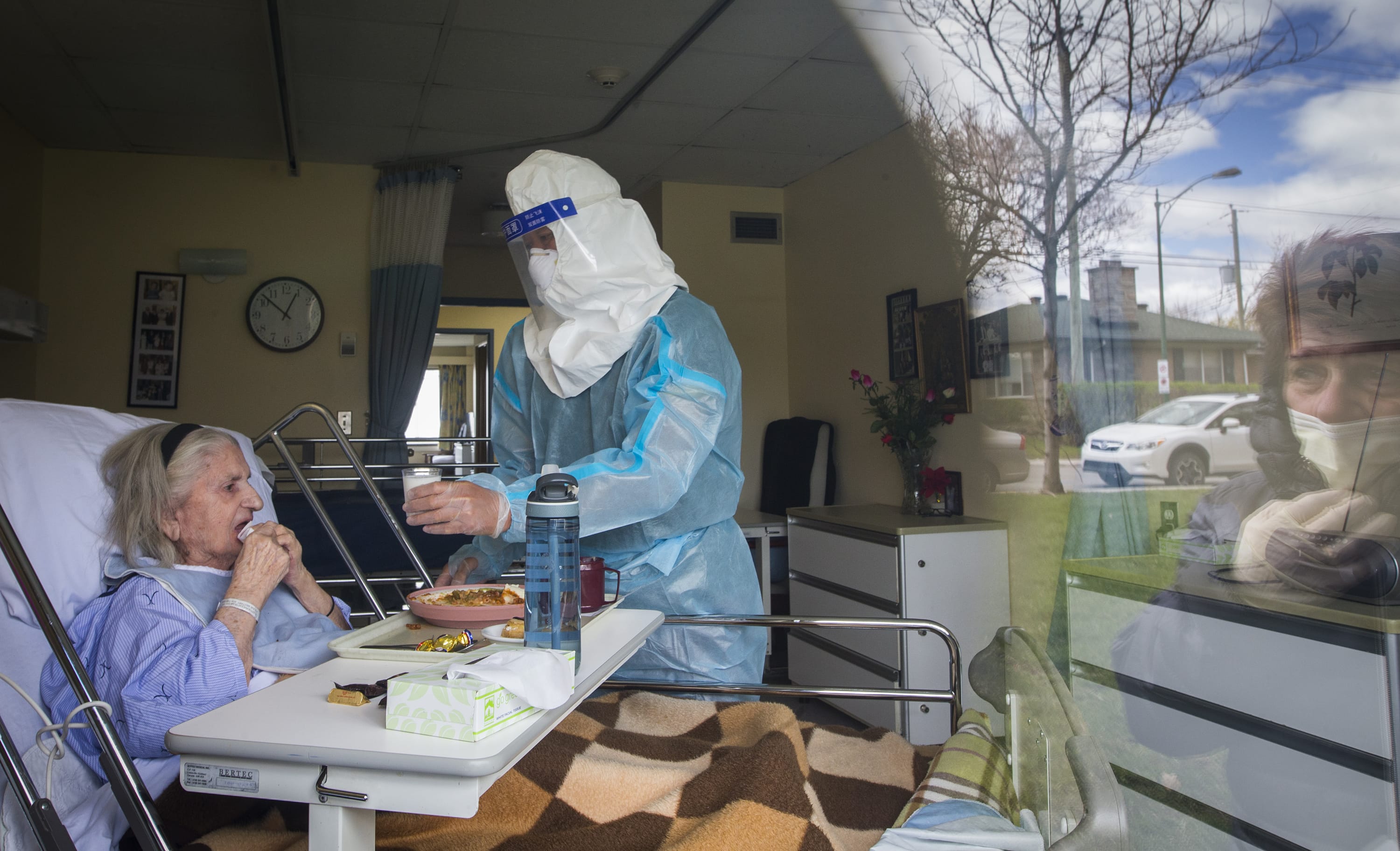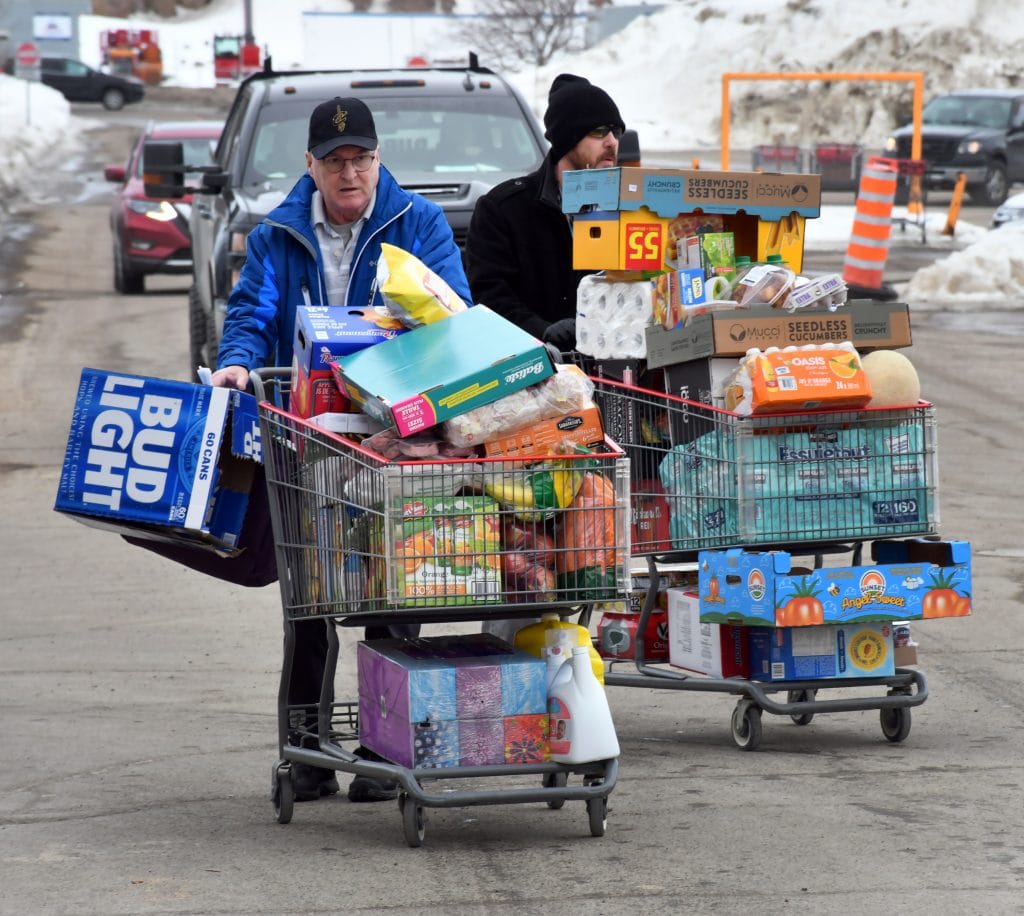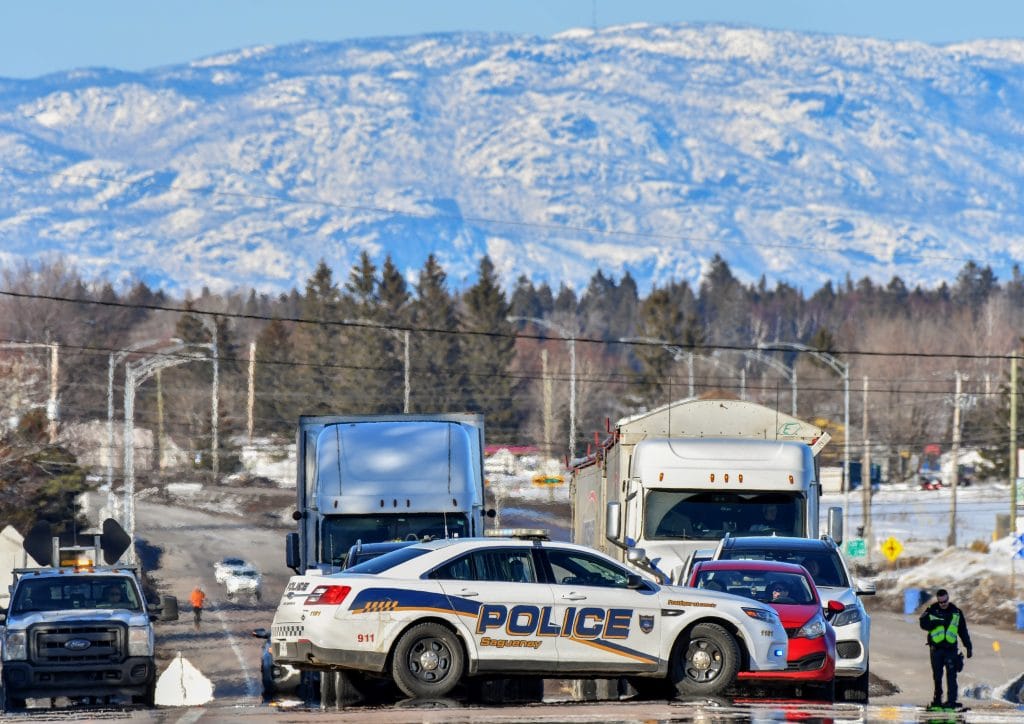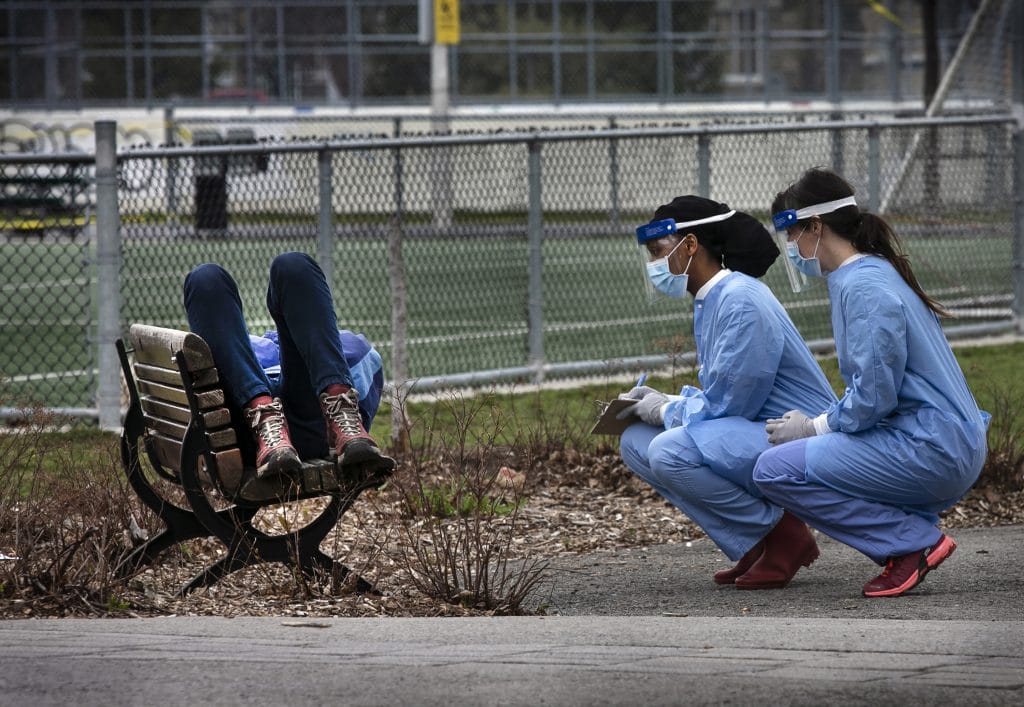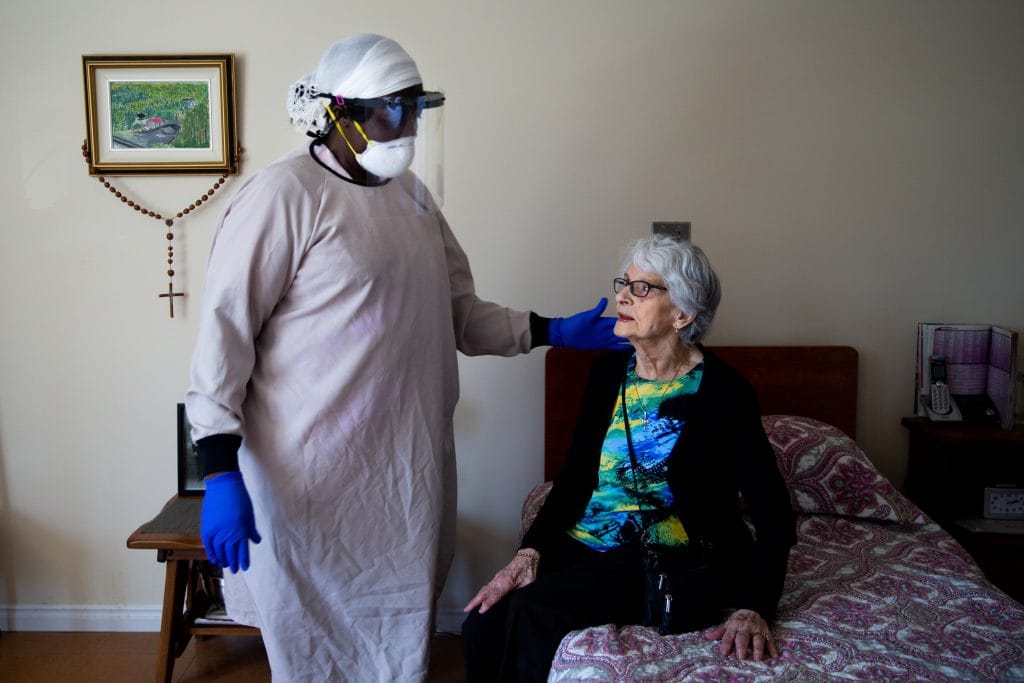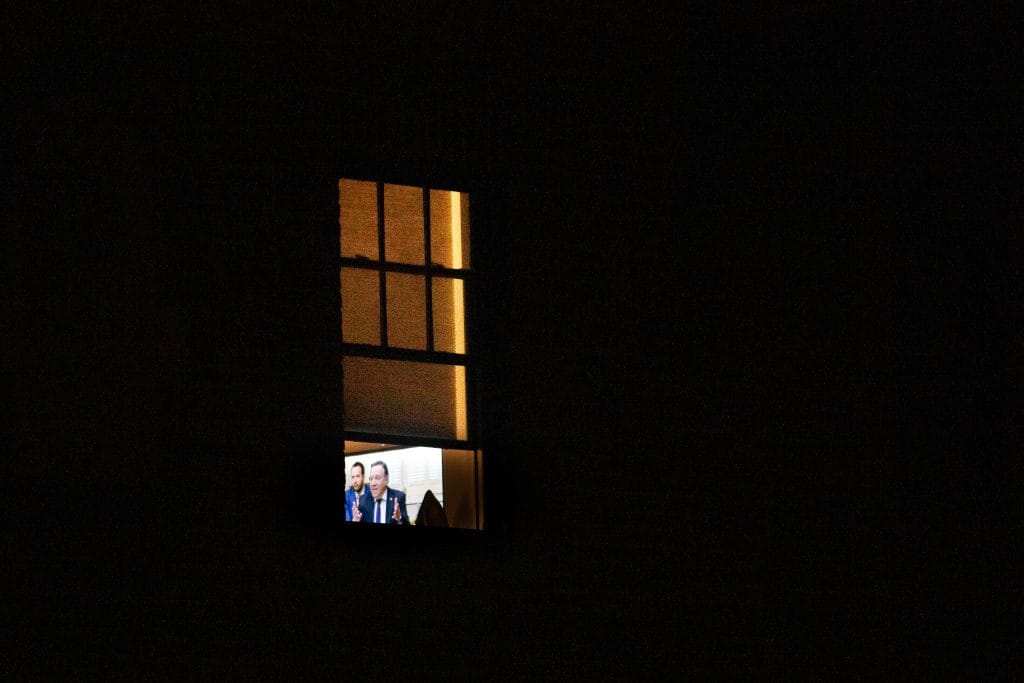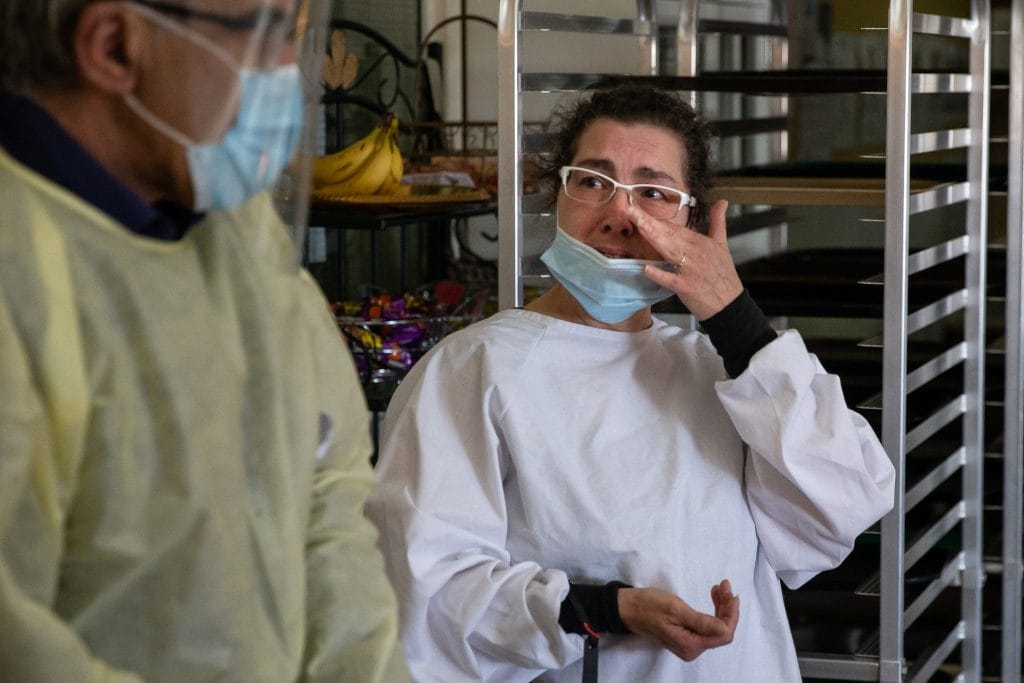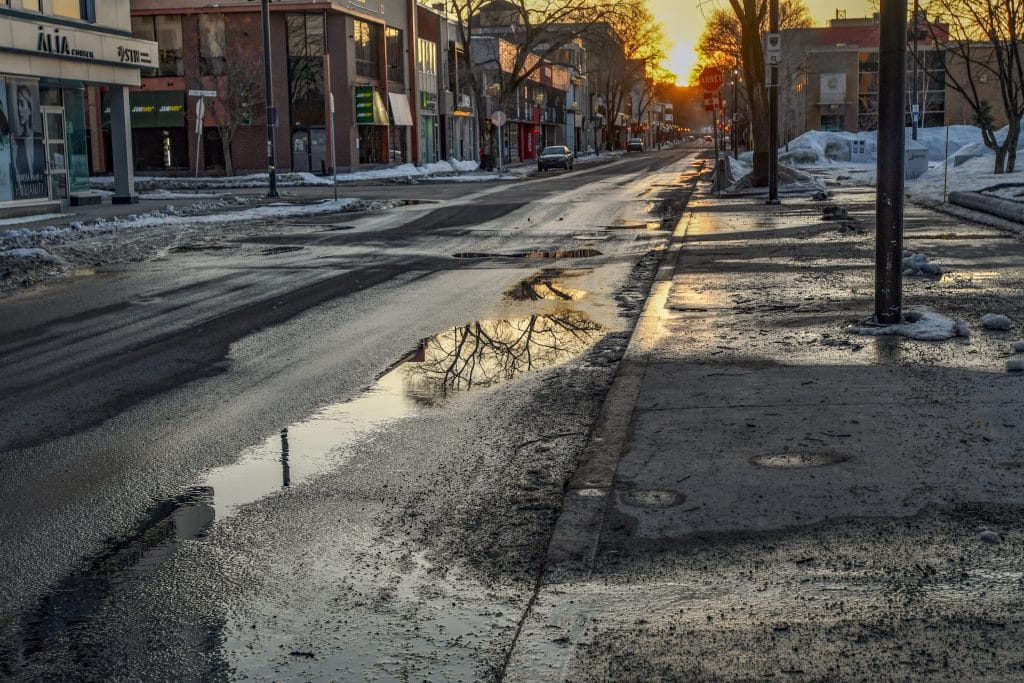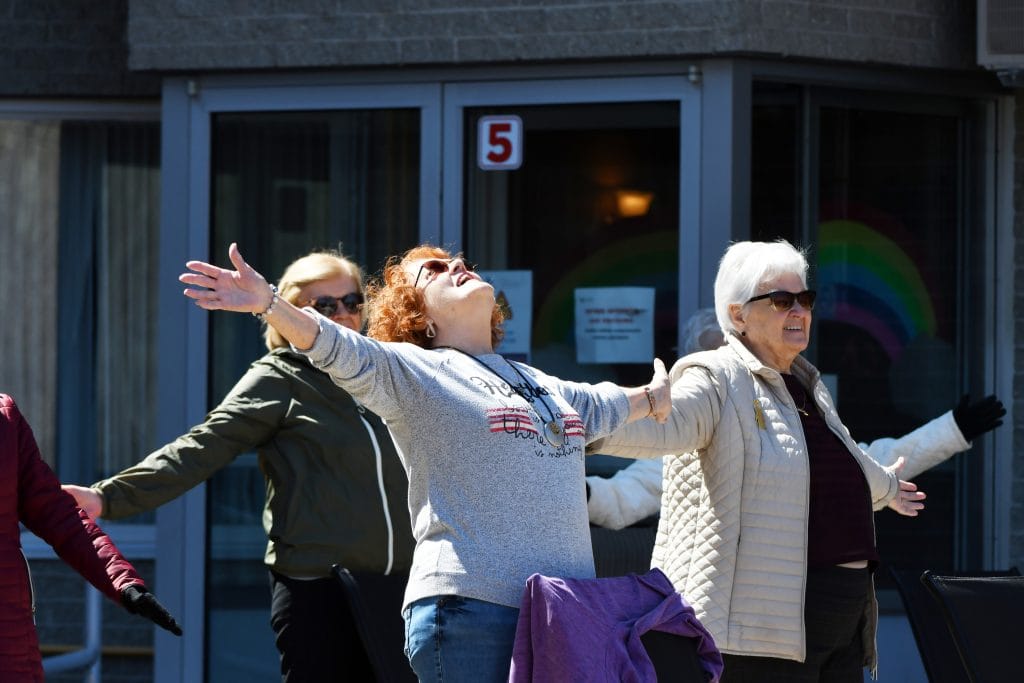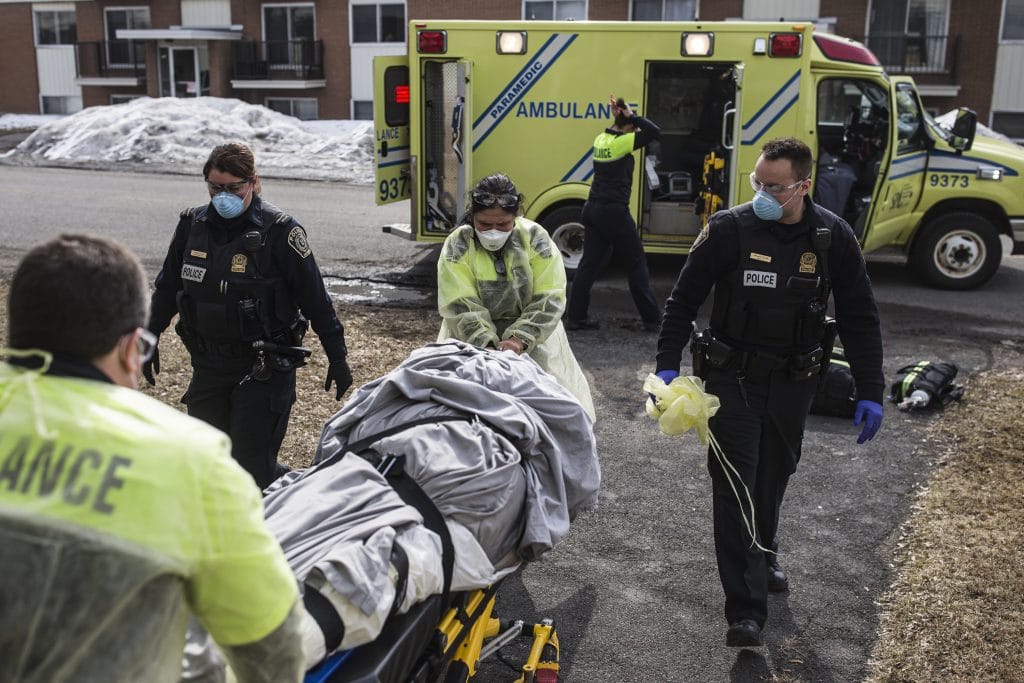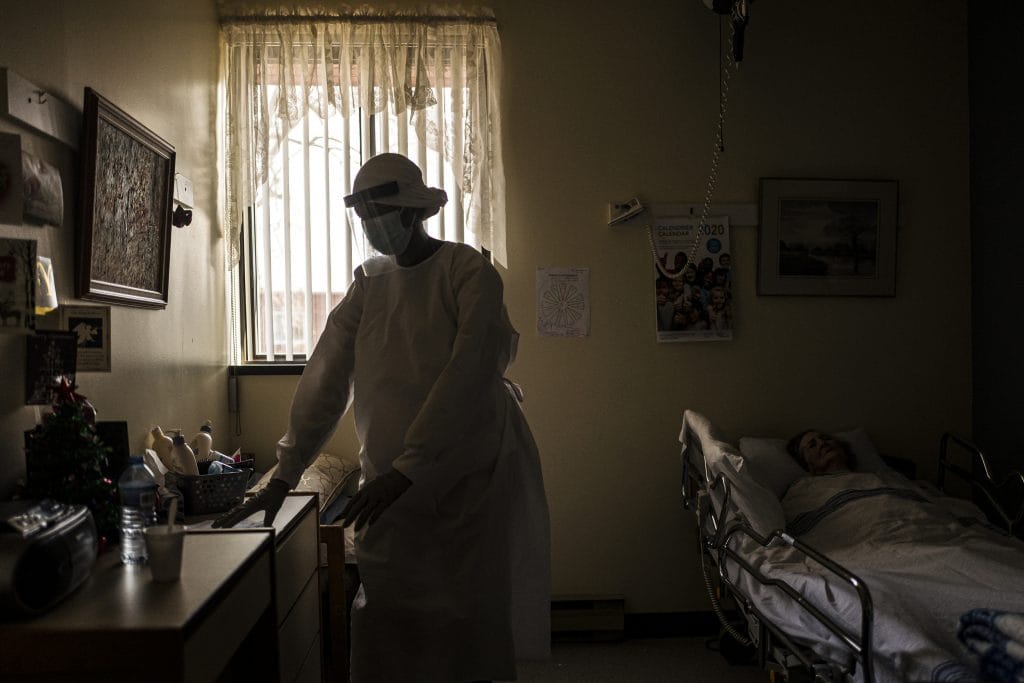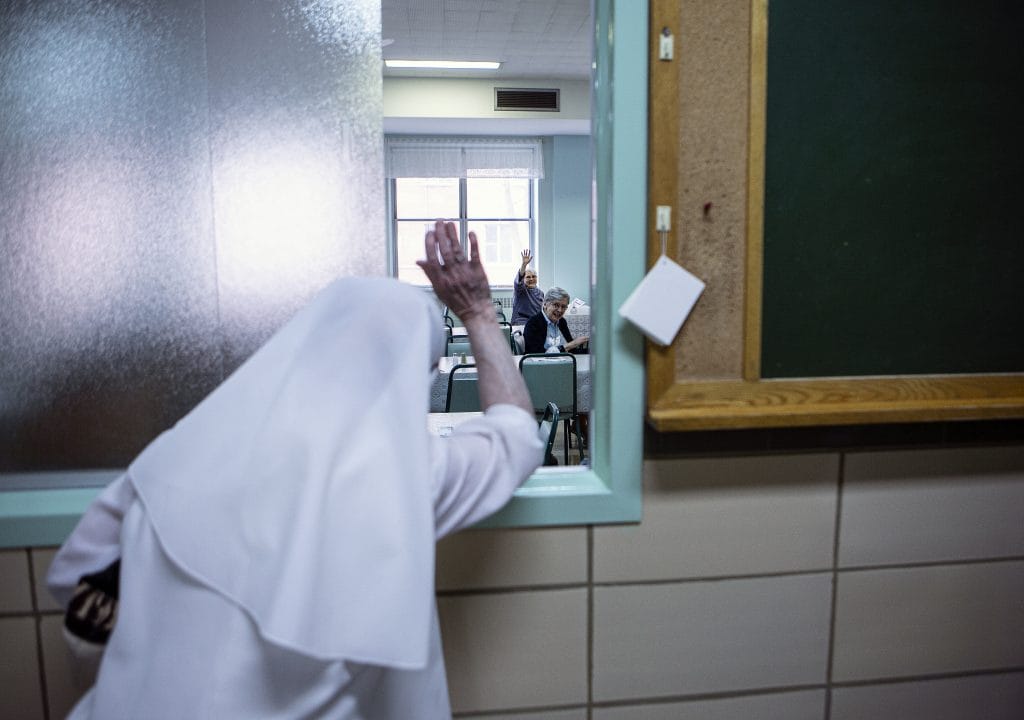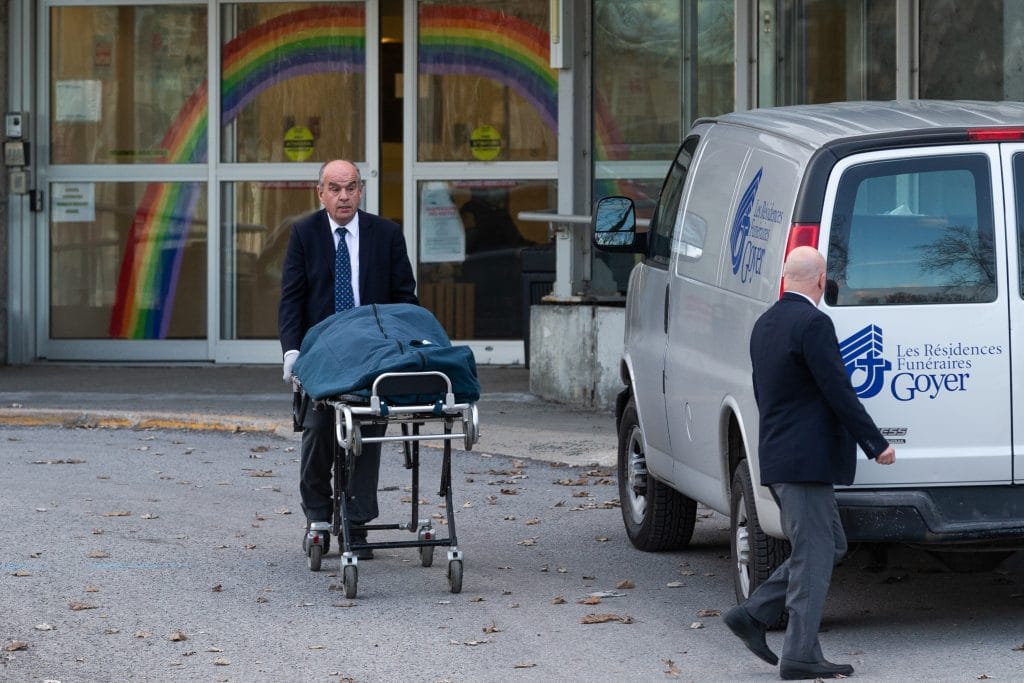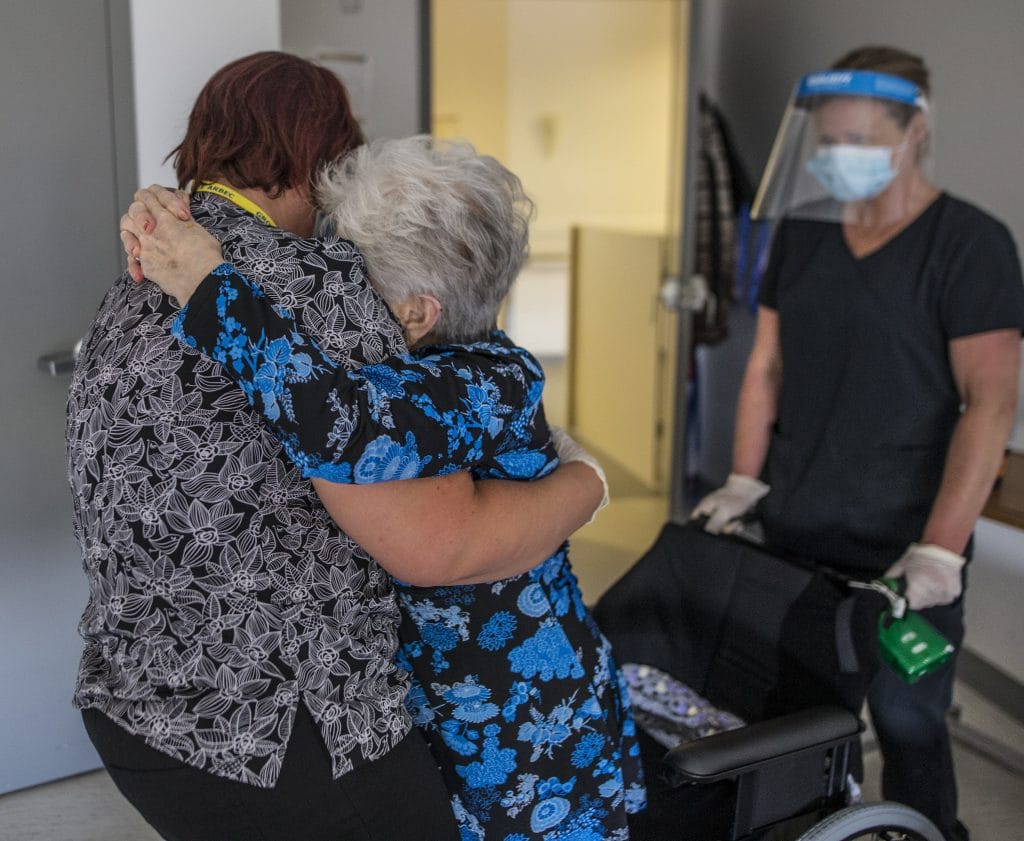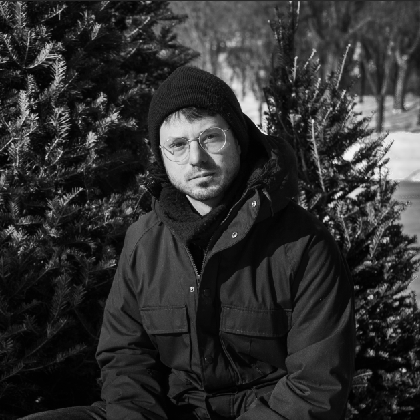COVID: The Invisible Enemy
It is a brutal breakdown that struck us. Covid-19 has shaken all of our customs, our organization, our lives. In 2020, the timeline started to slip and we wonder when it will return to a somewhat “normal” course.
Facing such a crisis, information is essential. It allows us to assess situations and intervene in an enlightened manner. If it is lacking, people will try to compensate for the resulting uncertainty.
Therefore, crises of any kind, be they economic, political or health crises, are fertile times for rumours and conspiracy theories. Whether founded or not, rumours are conveyed by messages parallel or completely opposite to the official discourse. While a plurality of voices is essential to the functioning of a democracy, misinformation causes confusion and ultimately exacerbates tensions within a society.
In this sense, photojournalists have carried out essential work to inform the public and show the situations that citizens have had to face. Photography, unlike other media, requires presence. Photographers are called upon to expose themselves even in the most difficult contexts.
Convinced of the importance of documenting this unprecedented crisis, Martin Tremblay, photographer at La Presse , tried with a few journalists to put pressure to gain access to the treatment sites. He will be the first to go to a residential and long-term care center (CHSLD) to photograph the ongoing disaster.
After several months of coverage he initiates the collective exhibition on Covid-19 presented as part of the Zoom Photo Festival Saguenay 2020: “Given the historical magnitude of the events, I wanted to make a collective exhibition, in order to present different views on the crisis in Quebec”.
At the very beginning of the crisis, Marie-France Coallier, photojournalist for Le Devoir, took up a position in front of the emergency room of the Jean-Talon Hospital in Montreal: “Ambulance attendants equipped from head to toe were active, transporting potentially affected patients to the emergency room. In one hour, at least three cases of Covid-19, in as many ambulances. That night, I understood the seriousness of the crisis”.
The challenge is to find the balance between access and safety. In Quebec, as in many places around the world, it was very difficult for photojournalists to provide us with images depicting the extent of the crisis.
“At the beginning, it was long and complicated for journalists to get access. It was during the reporting process that we became aware of the magnitude of the situation. After that [health care] facilities were cautious and rightly so. There were very important safety issues. But I think there needs for better communication and more flexibility. The media needs to have fairer access to these living and treatment environments,” says Édouard Plante-Fréchette, a photographer working for La Presse newspaper.
Photographers adaptation in order to comply with health measures changed the way they work and even make images. Michel Tremblay, the Zoom Photo Festival’s founder and photographer for Le Quotidien, used old techniques to take pictures of several people: “We had to relearn how to take group pictures. We had to bring out what I call photos from old rock bands. With the compression of the telephoto lenses, we manage to give an appearance of unity […] even if the people are physically far away from each other.
For Rocket Lavoie, also a photographer at Le Quotidien newspaper, to work alone was the most difficult: Usually, two of us go together. I go with a journalist, we discuss the story together. Working alone in my car is fine, but over time it gets boring.
The restrictions have influenced so much the photographic production that an aesthetics specific to the pandemic has emerged: “I put away my 35 mm [lens]. I had to use the telephoto. This created a lot of images in the media that had a different visual style. In short, it really changed the way we photographed,” explains Édouard Plante-Fréchette.
In fact, the situation has changed a lot of things and everyone is using creativity to adapt. In these difficult times, the Zoom Photo Festival wishes you and your loved ones good health. Let’s persevere! All together we will be able to overcome this challenge.

